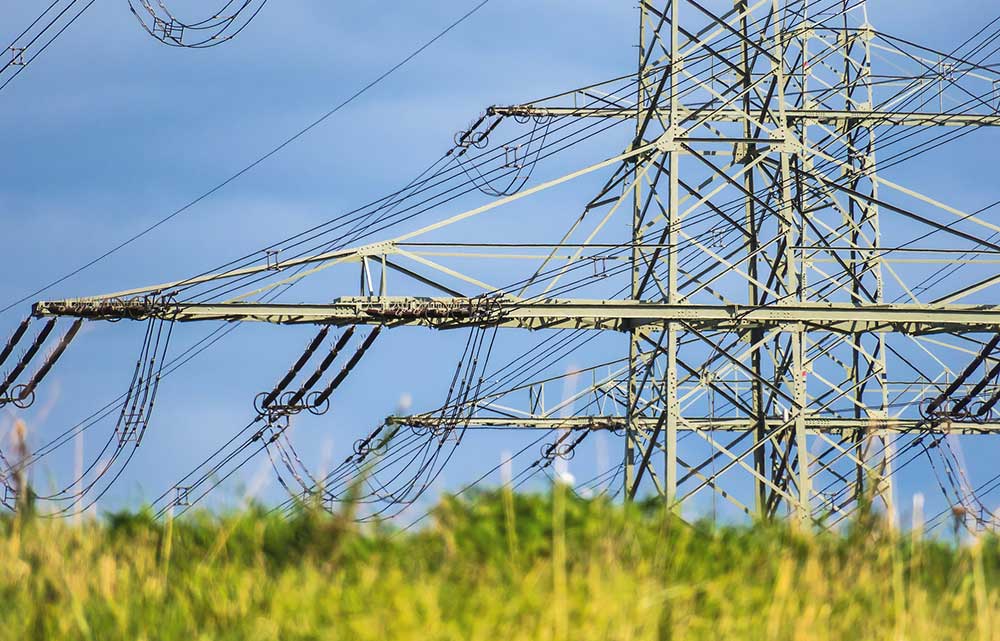We wish you all a very happy and prosperous new year, and hope you return refreshed and revitalised from your Christmas and New Year break.
Since we put out our December newsletter, we have been receiving lots of information that people have evidently been issuing at the end of the year – so much so that we have decided to issue a supplementary newsletter with some of the key ones.
Ofgem approvals cost £3bn onshore reinforcement per GW offshore wind
This approval of 26 projects is to enable offshore wind generation to grow to 30GW nameplate capacity, from the current total of 14 GW built and 8GW under construction (i.e. onshore reinforcement already under way). That is £20bn for just 8GW new wind, or £2.5bn per GW. And this needs increasing to £3bn per GW of new offshore wind to account for connecting to any balancing, stability etc. services that will be needed.
Then add the operational costs: ~10% p.a. (£300m) for operation, maintenance and financing – even before adding the costs of procuring balancing, stability, ancillary, resilience etc. services which are increasing exponentially, and which would be vastly cheaper if the renewables were connected through inertial storage like ours.
All because they haven’t invested in sufficient large-scale, long-duration, naturally-inertial storage in the right locations between renewables and the grid. To save £3bn capex on grid upgrades for a 2GW wind farm would cost £1bn for 12-hour duration Storelectric Green CAES (~£1.3bn first-of-a-kind). And those benefits are additional to all the System Operation and operational benefits, and benefits to the wind farm itself. See the blog below.
UK Parliament Recognises the Need for LDES
The UK Parliament (as opposed to government) has issued a research briefing on longer duration energy storage (LDES) which recognises the need for 3-4 TWh of “medium term” electricity storage (4 hours to 2 weeks) and 10s to 100s of TWh of longer-duration storage. It also recognises that such durations of storage are not adequately rewarded under the current regulatory and contractual system, proposing support methods including cap-and-floor contracts and support for commercial first-of-a-kind plants.
It contains some errors. For example, geological storage poses no (or exceedingly low) risk of deterioration to its structure due to repeated use with good management, as clearly demonstrated by the massive-scale gas storage across the continent, and the CAES plants which have been in daily operation without cavern deterioration for over 40 years, with no readily discernable effects either on or by seismic activity.
There are also some notable omissions, such as co-locating renewables with storage, the benefits of inertial storage, and the non-energy services that storage (especially if naturally inertial) can bring.
IPPR: investing in renewables could boost GDP by 2-3%
IPPR analysis (from the Institute for Public Policy Research) has determined that major investment in green energy could boost national GDP by 2% by 2030 and 3% by 2050, a greater economic benefit than almost any other governmental initiative – as well as producing enormous consequential benefits in fields like health and wellbeing. Our offerings in both electricity storage and hydrogen technologies (and especially the many synergies between the two) are key to maximising the cost-effectiveness and other beneficial outcomes of such investment.
Co-Locating Renewables and Storage
Cornwall Insight has published a report on co-locating renewables and storage, which we identified as being a key use case of storage and the one with greatest system-wide benefits. However, because they consider batteries, they miss out on the biggest system benefits that our storage adds, including:
- Reducing grid connection sizes (only possible if sufficiently large-scale and long-duration);
- Delivering grid stability and resilience services concurrently (only possible if naturally inertial).
IEA: Renewables will become the world’s biggest source of electricity generation by 2025
This is excellent news – provided that there is sufficient large-scale, long-duration, naturally inertial electricity storage (of which ours is head-and-shoulders better than all others) to make the system affordable, reliable and resilient.
Mark’s Blog
For this supplementary newsletter, Mark’s blog looks at the grid reinforcement costs of connecting offshore wind, and compares that with the costs of connecting it through a Green CAES TM plant, identifying the enormous savings and other benefits that would result.


